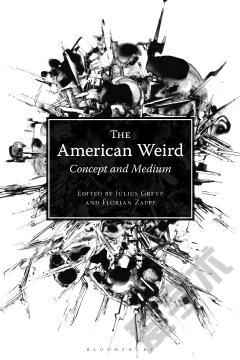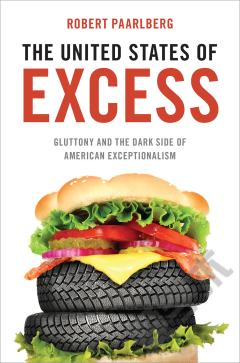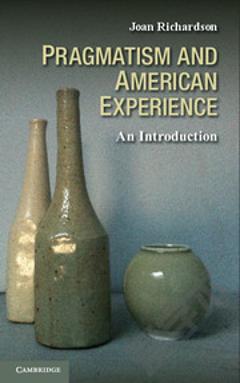The American Weird —— Concept And Medium
----- 美国怪人:概念和媒介
Hitherto classified as a form of genre fiction, or as a particular aesthetic quality of literature by H. P. Lovecraft, the weird has now come to refer to a broad spectrum of artistic practices and expressions including fiction, film, television, photography, music, and visual and performance art. Largely under-theorized so far, The American Weird brings together perspectives from literary, cultural, media and film studies, and from philosophy, to provide a thorough exploration of the weird mode. Separated into two sections – the first exploring the concept of the weird and the second how it is applied through various media – this book generates new approaches to fundamental questions: Can the weird be conceptualized as a generic category, as an aesthetic mode or as an epistemological position? May the weird be thought through in similar ways to what Sianne Ngai calls the zany, the cute, and the interesting? What are the transformations it has undergone aesthetically and politically since its inception in the early twentieth century? Which strands of contemporary critical theory and philosophy have engaged in a dialogue with the discourses of and on the weird? And what is specifically “American” about this aesthetic mode? As the first comprehensive, interdisciplinary study of the weird, this book not only explores the writings of Lovecraft, Caitlín Kiernan, China Miéville, and Jeff VanderMeer, but also the graphic novels of Alan Moore, the music of Captain Beefheart, the television show Twin Peaks and the films of Lily Amirpour, Matthew Barney, David Lynch, and Jordan Peele.
{{comment.content}}








 京公网安备 11010802027623号
京公网安备 11010802027623号